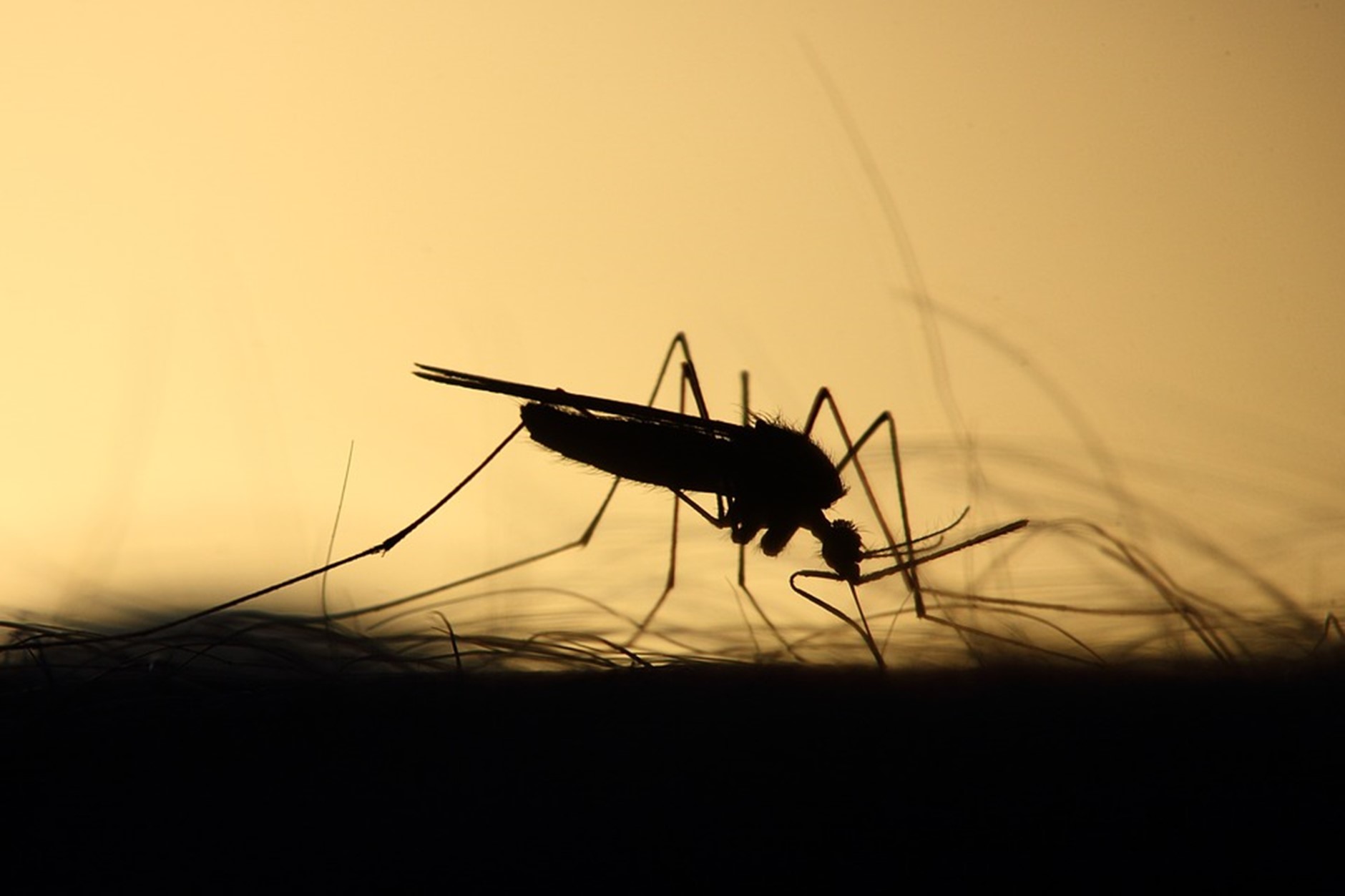In a recently published article, the World Health Organization recognized the need for the development of novel approaches and continued research to accelerate progress in the fight against malaria. Malaria is a preventable and treatable disease which is spread through the bite of the female Anopheles mosquito. Since this discovery was made by Sir Ronald Ross in 1897, the fight against the disease has increasingly relied on controlling the insect vectors that transmit it. For decades after World War II, indoor residual spraying (IRS) was the only vector-control strategy used to protect people against mosquitoes. It was not until the 2000s that insecticide-treated nets (ITNs) were added to the malaria toolbox. Over the years, these two strategies have been deployed globally and remarkable gains have been made in the fight against malaria between 2000-2015.
In recent years however, progress against the disease has slowed down considerably – a plight worsened by the COVID-19 pandemic. The World Malaria Report 2021 showed a marked rise in global cases and deaths, with an estimated 627,000 deaths and 241 million cases in 2020 alone. Moreover, progress against the disease remains uneven as Africa still carries the lion’s share of the global malaria burden – about 96% of global deaths and 95% of global case incidence. With diminished effectiveness of current vector-control strategies due to increased resistance to a key class of insecticides, researchers have been working to expand the list of vector-control strategies through several innovations.

Among these, genetically modified gene drive mosquitoes, presented by the WHO article as an intriguing new approach. As Dr Mike Santos of GeneConvene, explains, with this method, “genetic changes are made specifically in the malaria vector to reduce malaria transmission”. These can then be passed on to offspring as part of a self-sustaining approach. According to Dr Mamadou Coulibaly, Principal Investigator at Target Malaria Mali, Malaria Research and Training Center, if proven safe and effective, gene drive approaches could be a cost-effective method to control malaria, especially for hard-to-reach areas.
Scientists are also working on improved nets, which could counter mosquitoes’ growing resistance to pyrethroids – currently the only class of insecticides recommended by the WHO for use in bed nets – with the addition of an extra chemical, sterilizing agent, or insecticide. Other innovative tools include attractive targeted sugar baits (ATSB), which rely on small pouches containing a sugary matrix laced with insecticide to attract and kill mosquitoes. The use of spatial repellents and endectocides – respectively chemicals that change mosquito behaviour and medication which has an adverse effect on mosquitoes – is also being considered.
No single tool is a silver bullet. Innovative tools should be used alongside existing interventions in order to protect gains and speed up progress in the fight against an ever-evolving malaria mosquito and parasite. As Dr Sunil Parikh, Associate Professor of Epidemiology and Infectious Diseases at the Yale School of Public Health notes “We have to throw the kitchen sink at malaria. If you’re only doing one thing and resistance pops up, you’ve lost everything. But when you have multiple interventions out there, it protects the progress that we’re making.”
Read the full article here.
Recent posts
